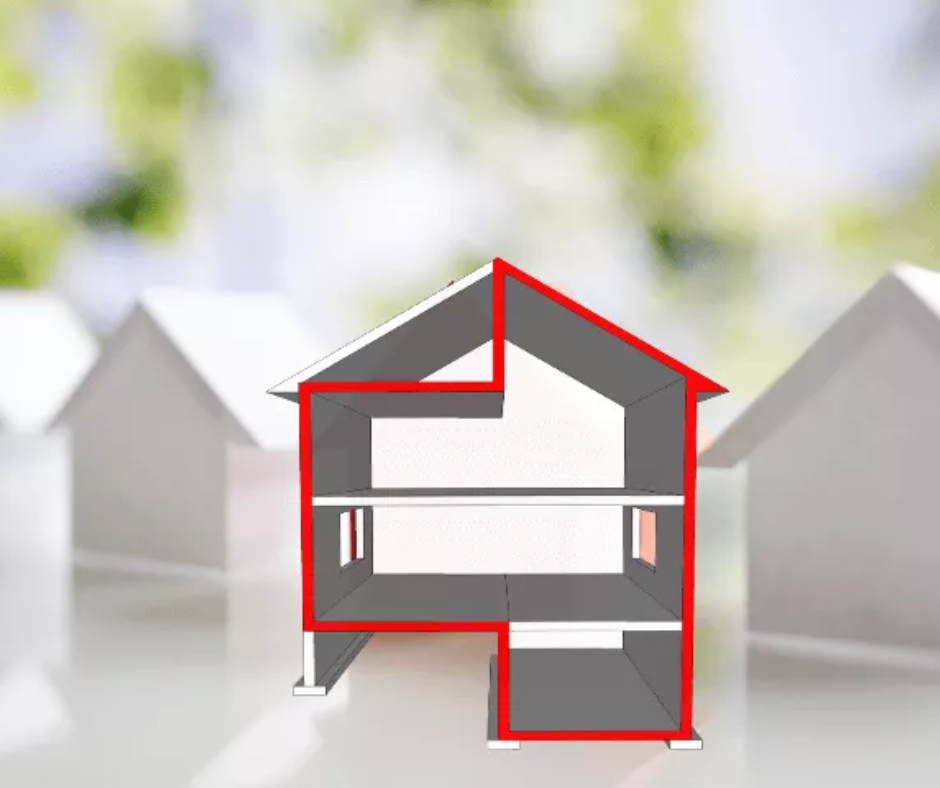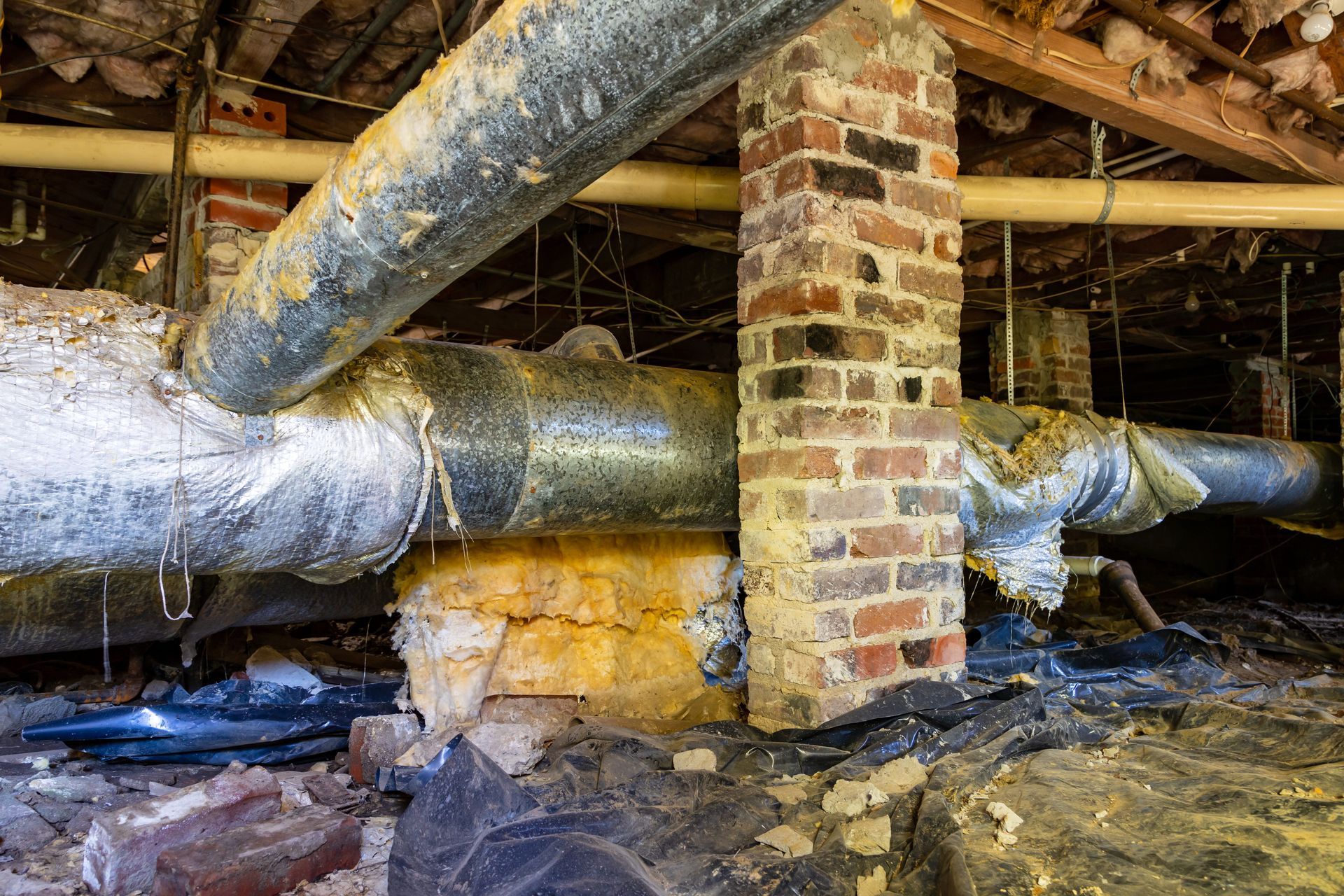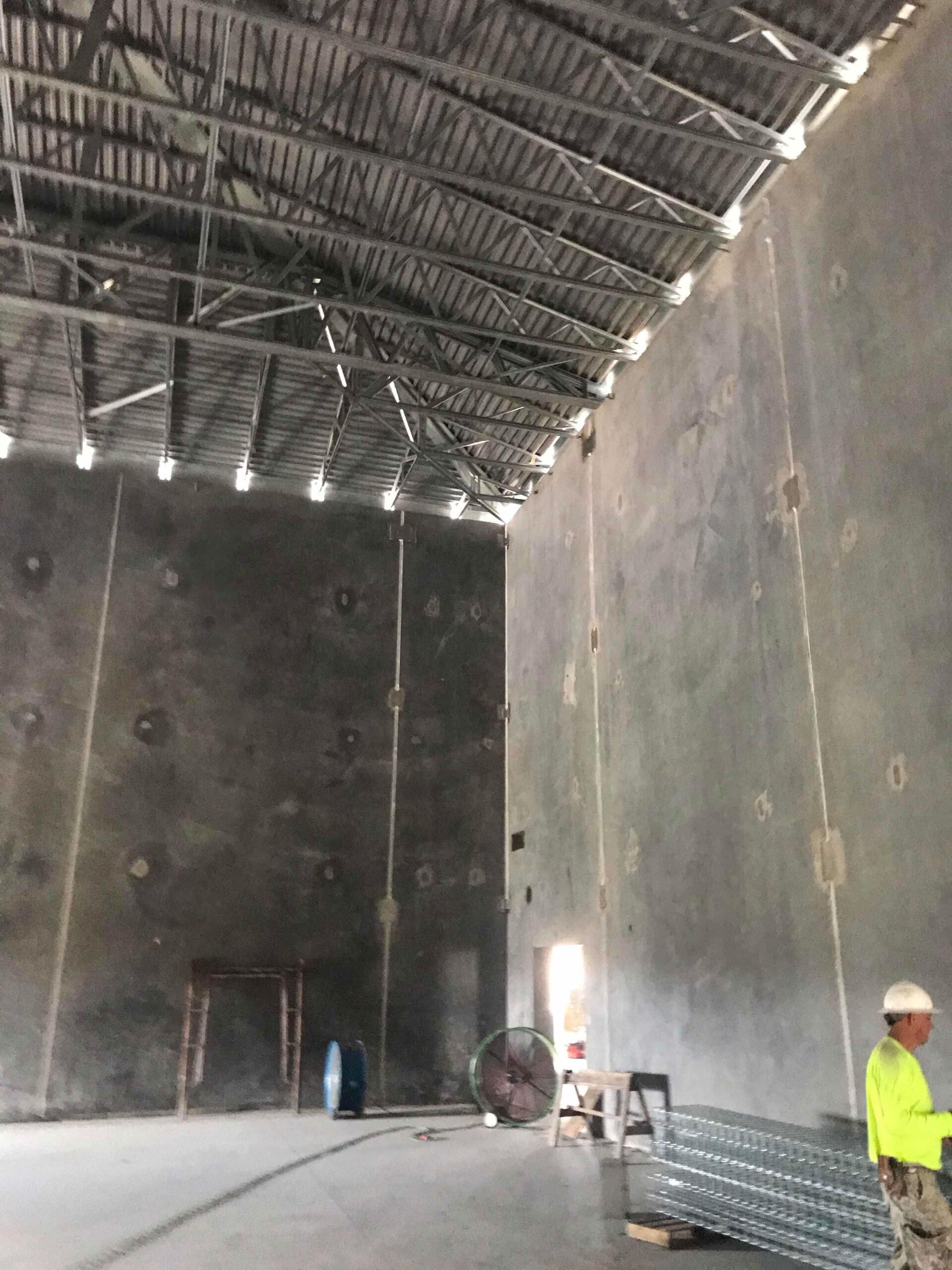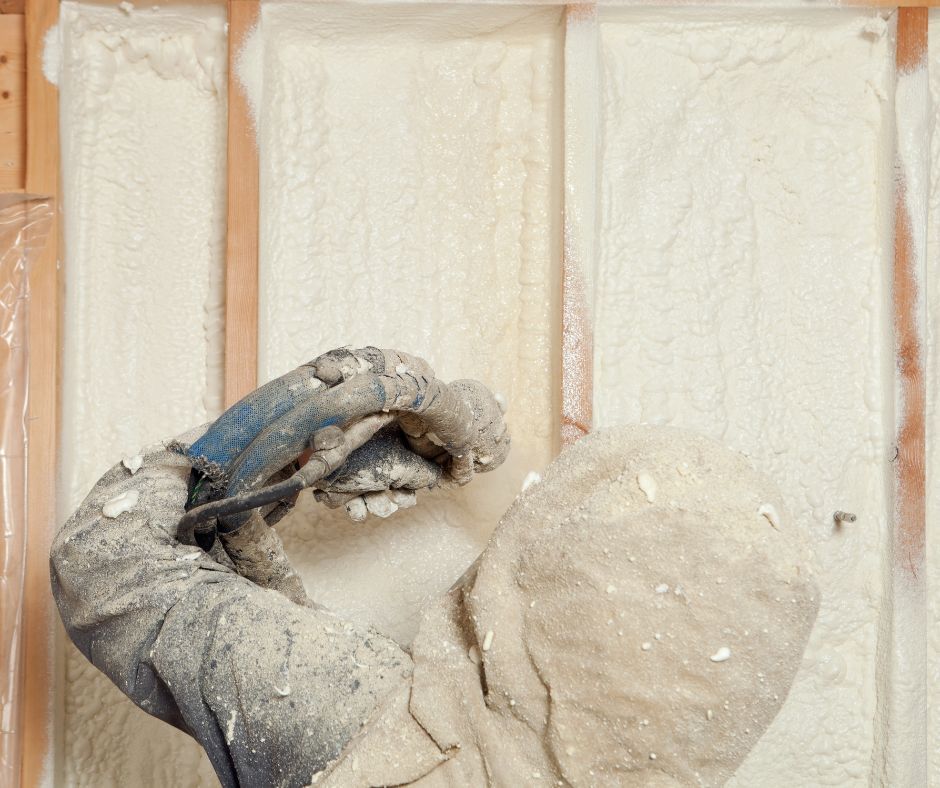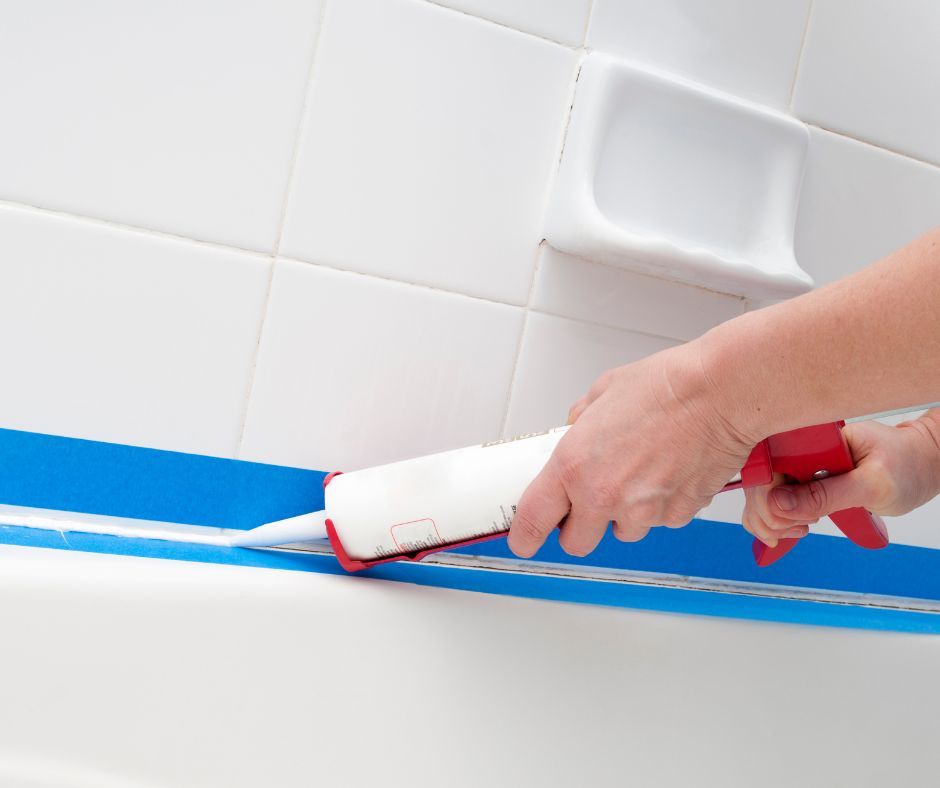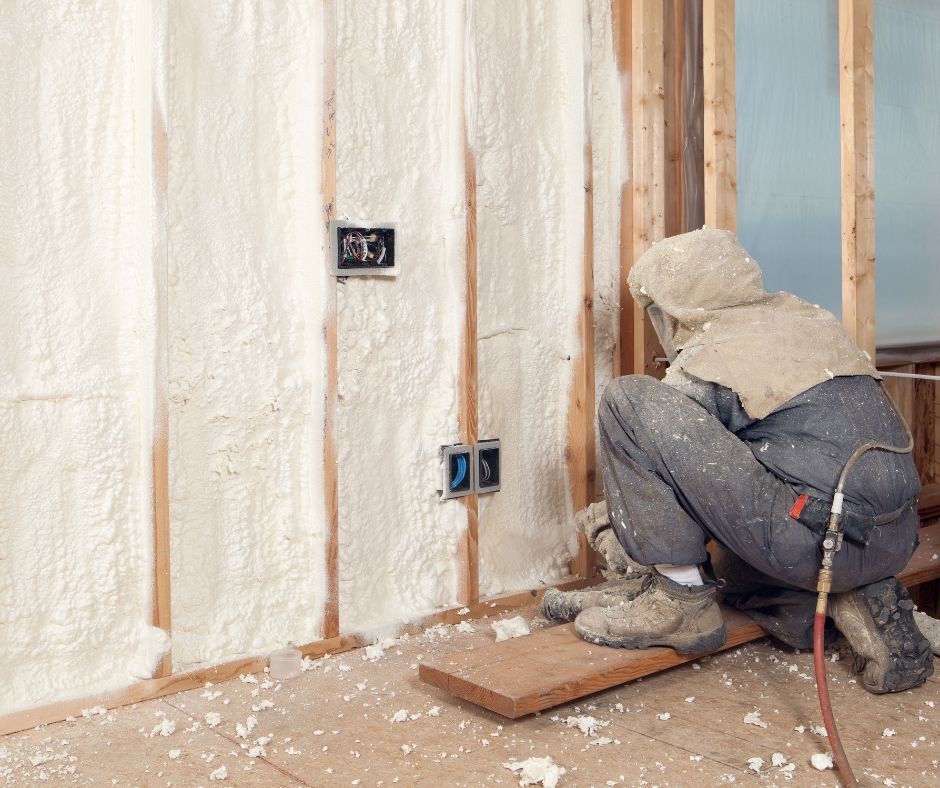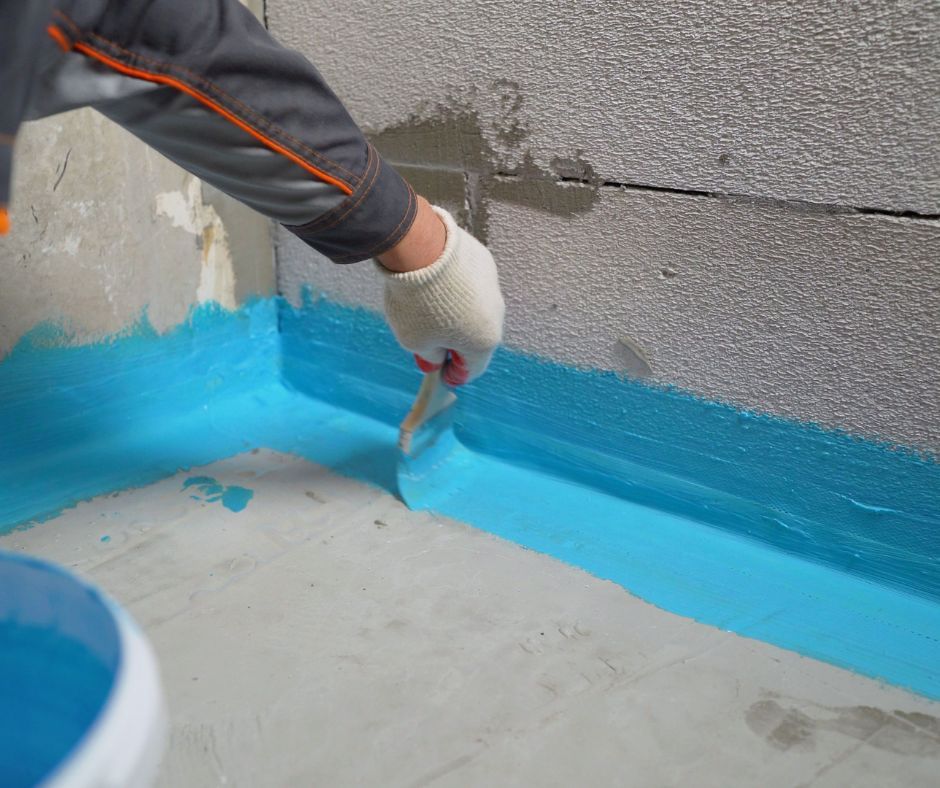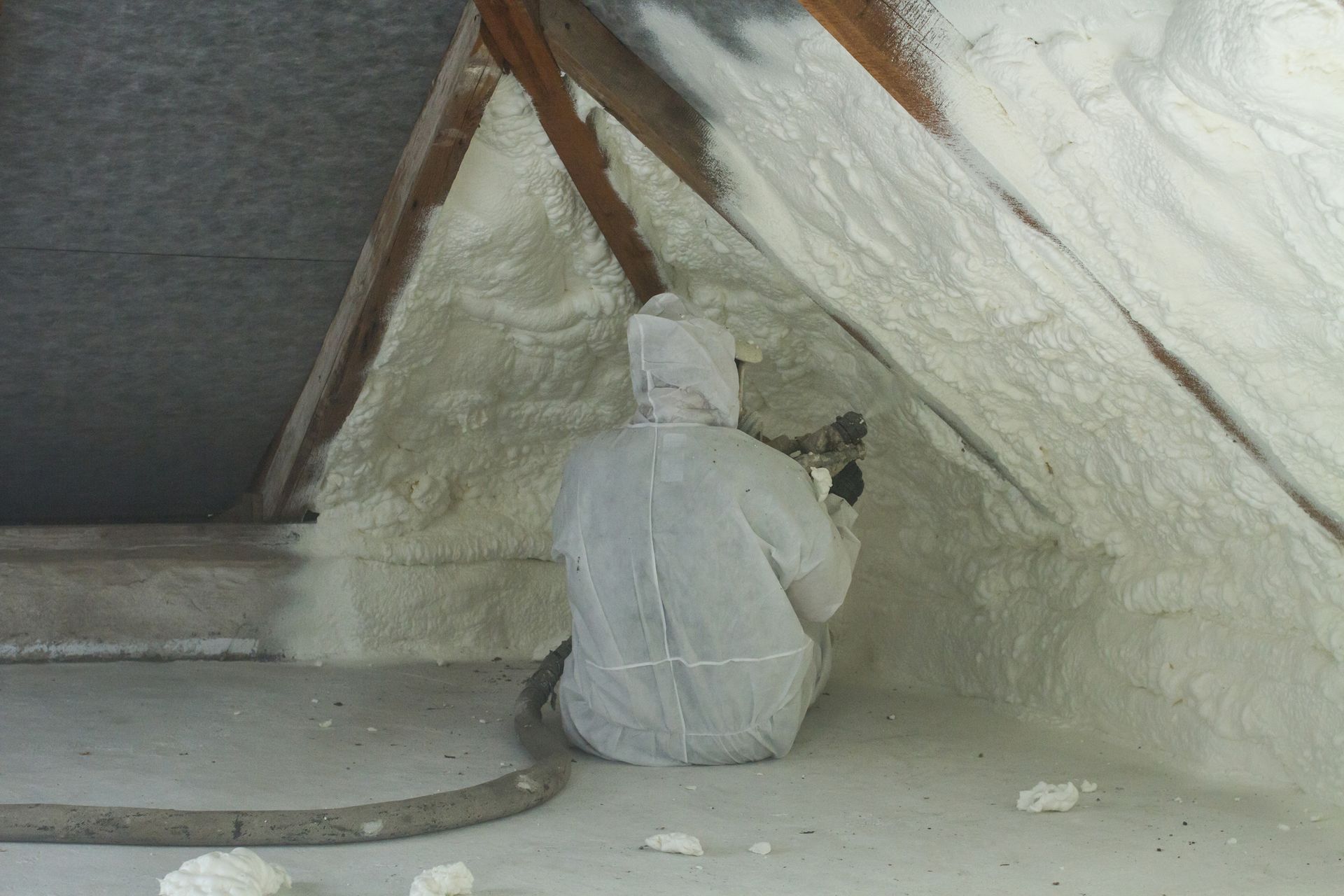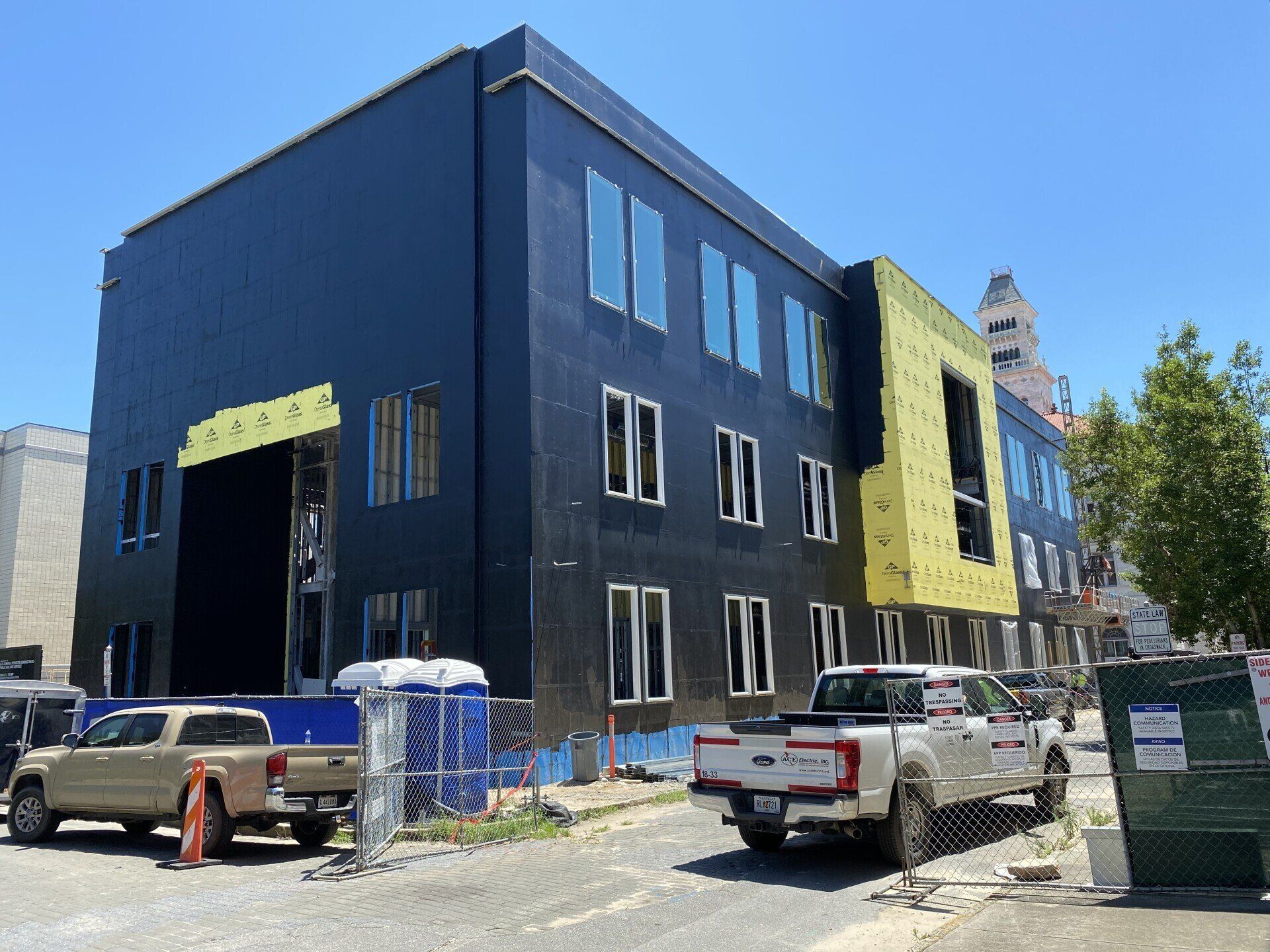Spray Foam and Structural Strength
Does Spray Foam Add Structural Strength to Buildings?
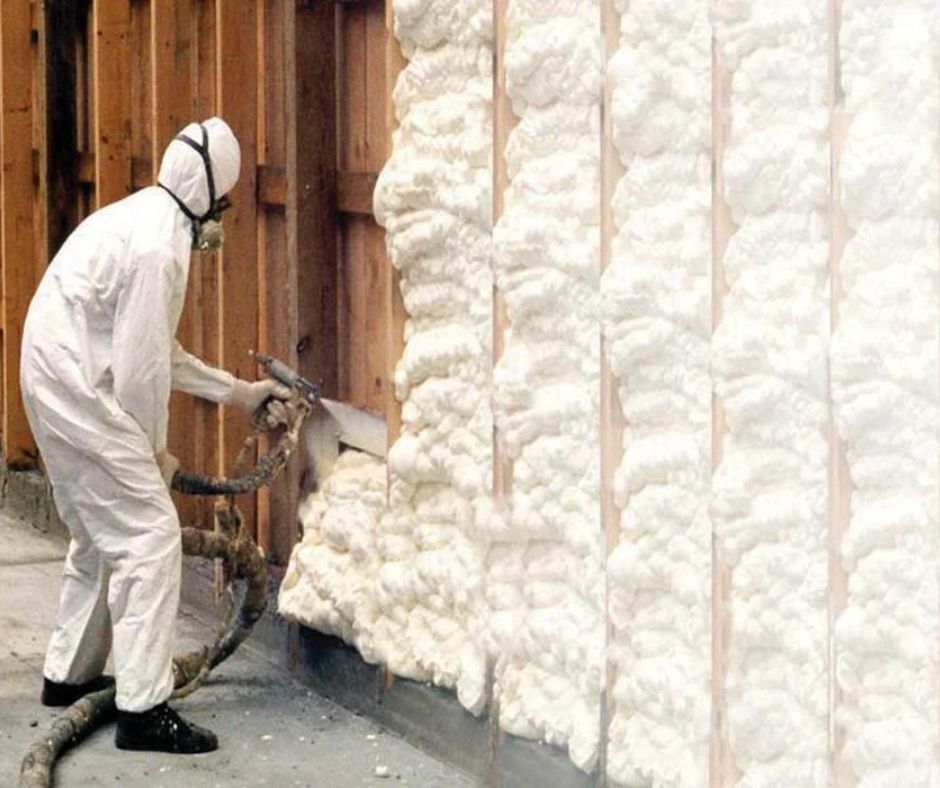
The Overlooked Advantage of Spray Foam
Spray foam insulation is celebrated for reducing air leaks, improving energy efficiency, and boosting indoor comfort. But beyond these well-known benefits, one often overlooked question arises: Does spray foam actually add strength to the structure of a building? The short answer is yes — particularly when using closed-cell spray foam — but the context and application matter.
Understanding Closed-Cell vs. Open-Cell Foam
Spray foam comes in two main forms: open-cell and closed-cell. Open-cell foam is softer, less dense, and better for sound absorption, while closed-cell foam is rigid, denser, and waterproof. The key to structural enhancement lies in the high density and rigidity of closed-cell spray foam.
Closed-cell foam is typically installed at a density of about 2.0 lbs/ft³, which allows it to harden into a durable, solid form. This rigidity provides added shear and racking strength, particularly when applied to wall cavities and roof decks.
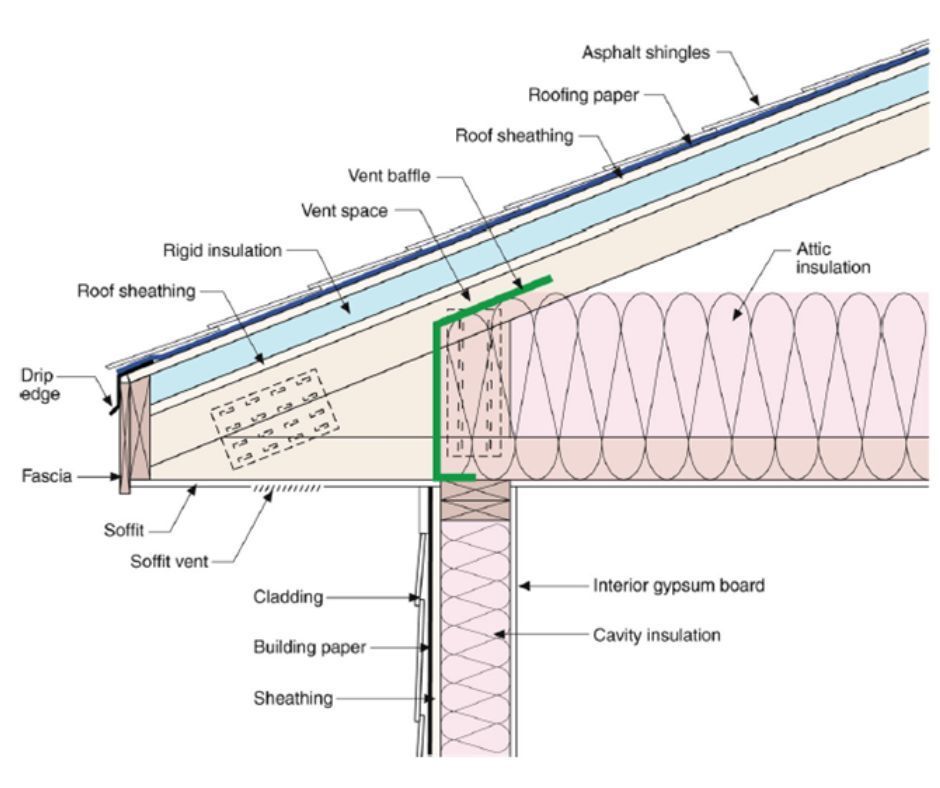
How Spray Foam Enhances Structural Integrity
Closed-cell spray foam acts like an internal brace when applied between wall studs or roof rafters. Once cured, it adheres to adjacent surfaces and resists shifting forces such as wind and vibration. This effect is especially valuable in:
- Exterior wall assemblies
- Roof decks
- Floor systems
- Rim joists and crawl space walls
The added strength doesn't replace the role of traditional framing, but it does support and reinforce these elements. In hurricane- or tornado-prone regions, many builders favor closed-cell foam for its ability to help walls resist uplift and lateral movement.
Evidence from Engineering Studies
Studies conducted by the National Association of Home Builders (NAHB) Research Center and other industry groups have confirmed that closed-cell spray foam can increase wall racking strength by as much as 200% when compared to walls with fiberglass insulation alone. This added stiffness can help prevent warping and settling over time.
It's important to note that these results vary depending on the framing, sheathing, and installation technique used, but the trend is consistent: properly installed closed-cell foam makes assemblies stronger.
Building Codes and Industry Recognition
Most building codes do not credit spray foam as a structural element in formal load calculations, but they do recognize its value in moisture resistance, air sealing, and thermal performance. However, as performance-based codes evolve, more inspectors and engineers acknowledge the auxiliary structural benefits of closed-cell foam, especially in high-performance building designs.
When Strength Matters Most
Situations where spray foam’s structural contribution is most beneficial include:
- Coastal areas with high wind loads
- Buildings in seismic zones
- Metal buildings or pole barns lacking traditional bracing
- Retrofit projects where additional structural enhancement is desired without major renovations
In these cases, spray foam offers a dual-purpose benefit: insulation and reinforcement in a single application.
Important Considerations
While closed-cell spray foam does add strength, it is not a substitute for structural framing, shear walls, or proper load-bearing design. Builders and engineers should view spray foam as an enhancement, not a primary structural element.
Also, because spray foam adheres directly to framing members, it can make disassembly, rewiring, or plumbing modifications more difficult. Consider this during project planning.
Final Thoughts
Yes, spray foam — specifically closed-cell spray foam — does add structural strength to buildings. It increases wall and roof stiffness, helps resist shifting forces, and contributes to long-term durability. While it should never replace proper framing or bracing, it offers valuable support and resilience, particularly in demanding environments.
For builders, architects, and homeowners looking to improve both energy efficiency and structural performance, closed-cell spray foam provides a reliable, multi-functional solution.
